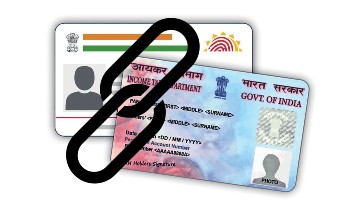
Before you apprehend encryption and decryption techniques, you must first understand cryptography. Let us begin understanding it.
Cryptography secures and protects data during transmission and stops unauthorized individuals or groups of users from accessing personal data. The basic functionalities of cryptography are Encryption and Decryption.
A message transmitted over the web converted into an unrecognizable encrypted message is comprehended as data encryption. At the receiving end, the obtained message restores to its initial form called decryption.
Encryption
It is a technique that alters the original information into an unrecognizable form. This new message is quite different from the actual message and utilizes algorithms. Data is encrypted to make it secure from stealing. Some organizations encrypt data to uphold their trade riddle from their opponents.
Decryption
Decryption converts encoded/encrypted data into a readable format and gets apprehended by a human or a computer. This technique is executed by unencrypting the text manually or operating keys to encrypt the actual data.
Reasons to use Encryption and Decryption.
-
Allow you to safeguard your data, such as passwords and login id
-
Delivers confidentiality of confidential data
-
Allow you to confirm that the document or file has not got changed
-
The encryption method also controls plagiarism and shields IP
-
Useful for network transmission and where a pirate can efficiently access unencrypted data.
-
It is an essential process as it allows you to securely save data you don’t want anyone else to keep access to.
Types of Keys
Symmetric Key
It is an algorithm that operates similar cryptographic keys for encryptions of plaintext and decryption of ciphertext.
Asymmetric Key
It operates two tandems of keys for encryption. The public key is open to anyone, while the secret key is unrestricted to the receiver to kick protection.
Public Key
It is an encryption method established on two pairs of keys. Public keys get accustomed to encrypting messages for a receiver.
Private Key
A private key may be the domain of a public/ private asymmetric pair, utilized in asymmetric encryption as you can use the exact key to encrypt and decrypt data.
Pre-Shared Key
A pre-shared key is a shared riddle transferred between the two parties using a secured channel before it gets utilized.




.jpg)

.webp)
